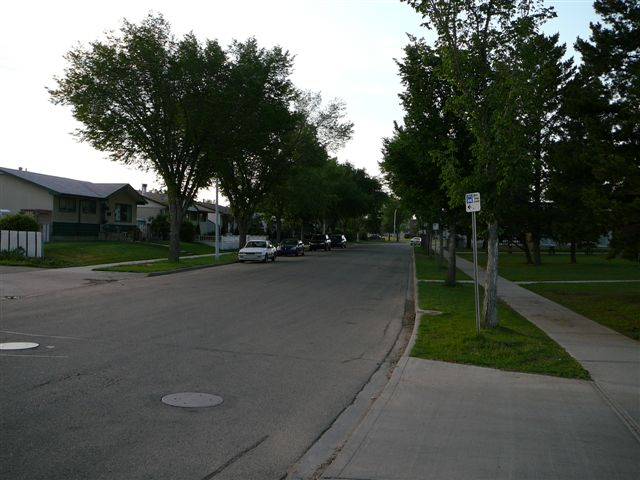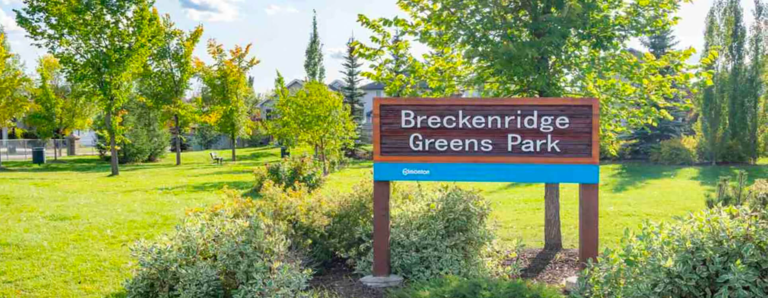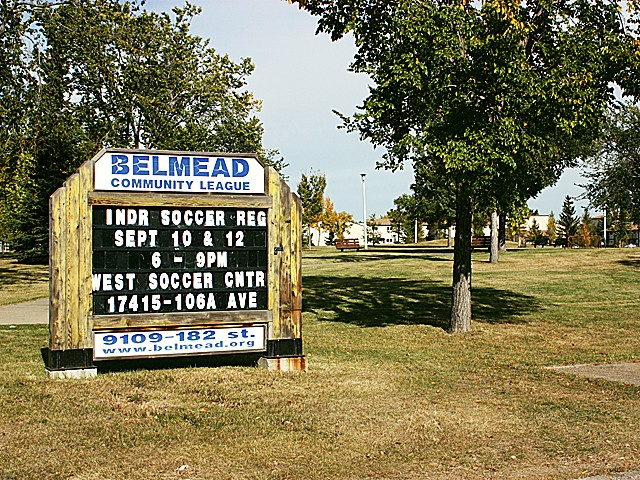Table of Contents
Mortgage Insurance In Canada Pros and Cons
When purchasing a home, navigating the financial aspects can be daunting, especially for first-time buyers. One crucial component of the mortgage process that often generates confusion is mortgage default insurance. Understanding what it is, how it works, and why it might be necessary can significantly impact your homebuying experience and financial stability.
What is Mortgage Default Insurance?
Mortgage default insurance, sometimes referred to as mortgage insurance, is designed to protect lenders in case a borrower defaults on their mortgage payments. If you are unable to make your payments and fall behind, this insurance helps cover the lender’s losses. Essentially, it reduces the risk for lenders, allowing them to offer loans to buyers who might not otherwise qualify.
Who Needs Mortgage Default Insurance?
Mortgage default insurance is typically required for borrowers who make a down payment of less than 20% of the home’s purchase price. This is because a lower down payment means the lender has more risk in the event of a default. By obtaining mortgage default insurance, you mitigate this risk, making it easier to secure a loan with a smaller down payment.
How Does Mortgage Default Insurance Work?
Mortgage default insurance is usually provided by private companies or government entities, depending on the country. In Canada, for example, the Canada Mortgage and Housing Corporation (CMHC), Genworth Canada, and Canada Guaranty are the primary providers. In the United States, the Federal Housing Administration (FHA) and private mortgage insurance (PMI) are common options.
Here’s a simplified breakdown of how it works:
- Application and Approval: When applying for a mortgage, if your down payment is less than 20%, your lender will likely require mortgage default insurance. The cost of this insurance is typically added to your mortgage payments or paid as a lump sum upfront.
- Cost: The cost of mortgage default insurance varies based on the size of your down payment and the loan amount. It is often calculated as a percentage of the loan and can range from 0.5% to 3.5% of the loan amount.
- Coverage: If you default on your mortgage, the insurance company compensates the lender for the outstanding balance, up to a certain amount. This doesn’t mean you’re off the hook—if your mortgage goes into default, you’ll still be responsible for the debt, and the default insurance can’t prevent foreclosure or bankruptcy.
Types of Mortgage Default Insurance
There are two primary types of mortgage default insurance:
- Private Mortgage Insurance (PMI): Common in the United States, PMI is provided by private insurance companies. The cost and requirements can vary between providers, but the insurance generally covers the lender in case of default.
- Government-Backed Mortgage Insurance: This includes FHA insurance in the U.S. and CMHC insurance in Canada. Government-backed insurance often has more flexible qualifying criteria and may offer lower premiums compared to private options.
Pros and Cons of Mortgage Default Insurance
Pros
- Lower Down Payment: Mortgage default insurance allows you to purchase a home with a down payment of less than 20%, making homeownership more accessible, especially for first-time buyers.
- Easier Approval: With insurance coverage, lenders are more willing to approve loans for borrowers with less equity, as the risk is mitigated.
- Potential for Lower Interest Rates: In some cases, lenders might offer better interest rates to borrowers with mortgage default insurance due to the reduced risk.
Cons
- Additional Cost: The cost of mortgage default insurance can be significant. It either adds to your monthly mortgage payments or requires an upfront premium, which can strain your budget.
- No Equity Building: Unlike a larger down payment, which reduces your loan balance and builds equity faster, mortgage default insurance doesn’t contribute to your equity in the home.
- No Coverage for Borrowers: This insurance protects the lender, not the borrower. If you default, the insurance won’t help with your debt or prevent foreclosure.
How to Reduce the Need for Mortgage Default Insurance
If you’re looking to avoid mortgage default insurance, here are a few strategies:
- Save for a Larger Down Payment: By saving enough to make a down payment of 20% or more, you can avoid the need for mortgage default insurance altogether.
- Consider Alternative Financing Options: Some lenders offer special programs or loans that might not require default insurance, especially for certain professions or first-time homebuyers.
- Improve Your Credit Score: A higher credit score can sometimes help you secure a better mortgage rate and terms, reducing the likelihood that you’ll need default insurance.
Conclusion
Mortgage default insurance is a valuable tool that makes homeownership accessible for many by allowing borrowers to make smaller down payments. However, it comes with its own set of costs and considerations. By understanding how it works and exploring ways to minimize or avoid it, you can make more informed decisions about your mortgage and your path to homeownership.
As with any financial decision, it’s crucial to evaluate your personal situation, consider your long-term goals, and consult with financial advisors or mortgage professionals to find the best solution for your needs.





Like This Article?

Sean Rampersaud
Sean has been a mortgage broker in Canada for 17 years.
We have helped countless amounts of clients achieve their mortgage goals!
Call me anytime at 780-278-4847

